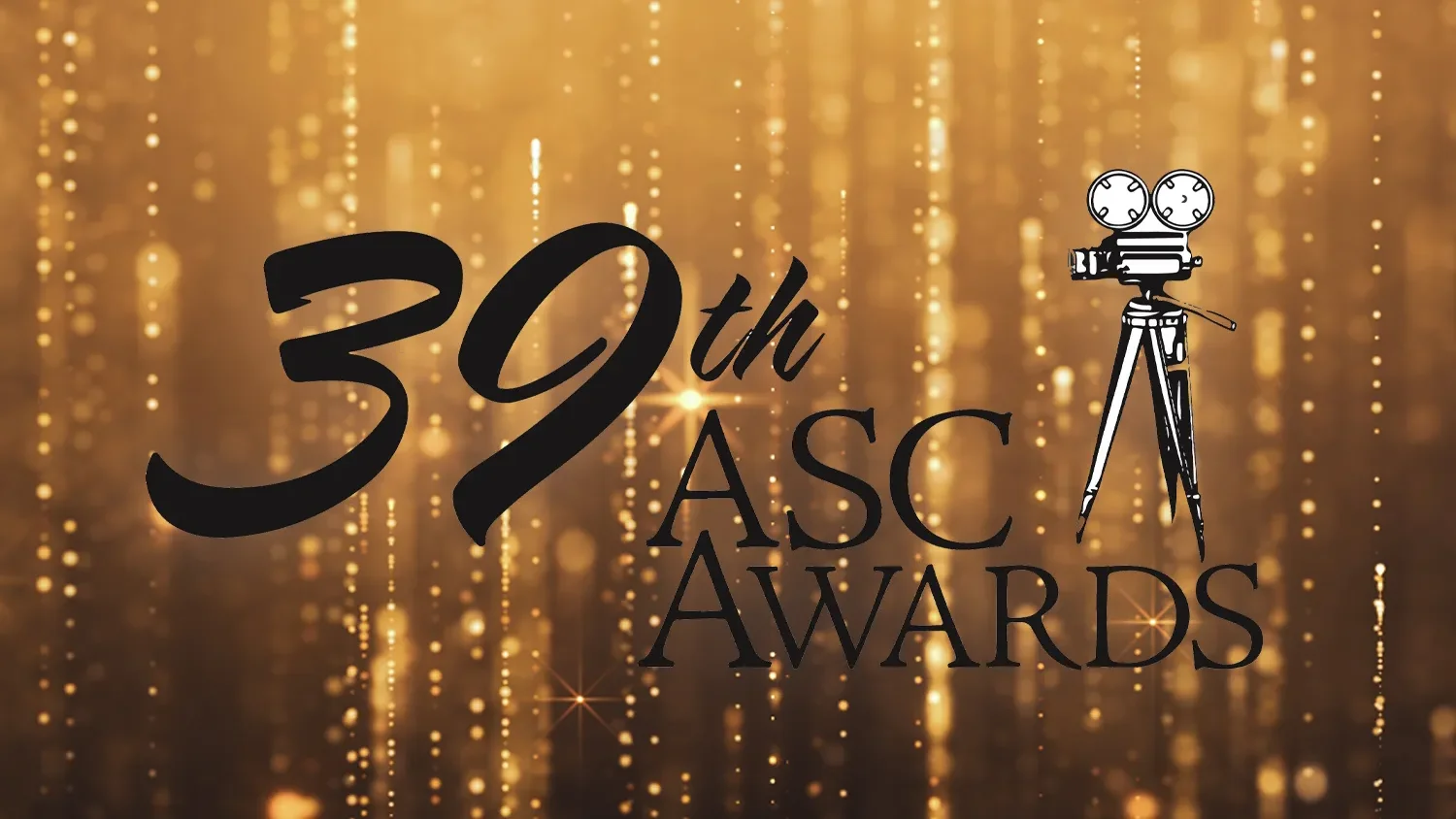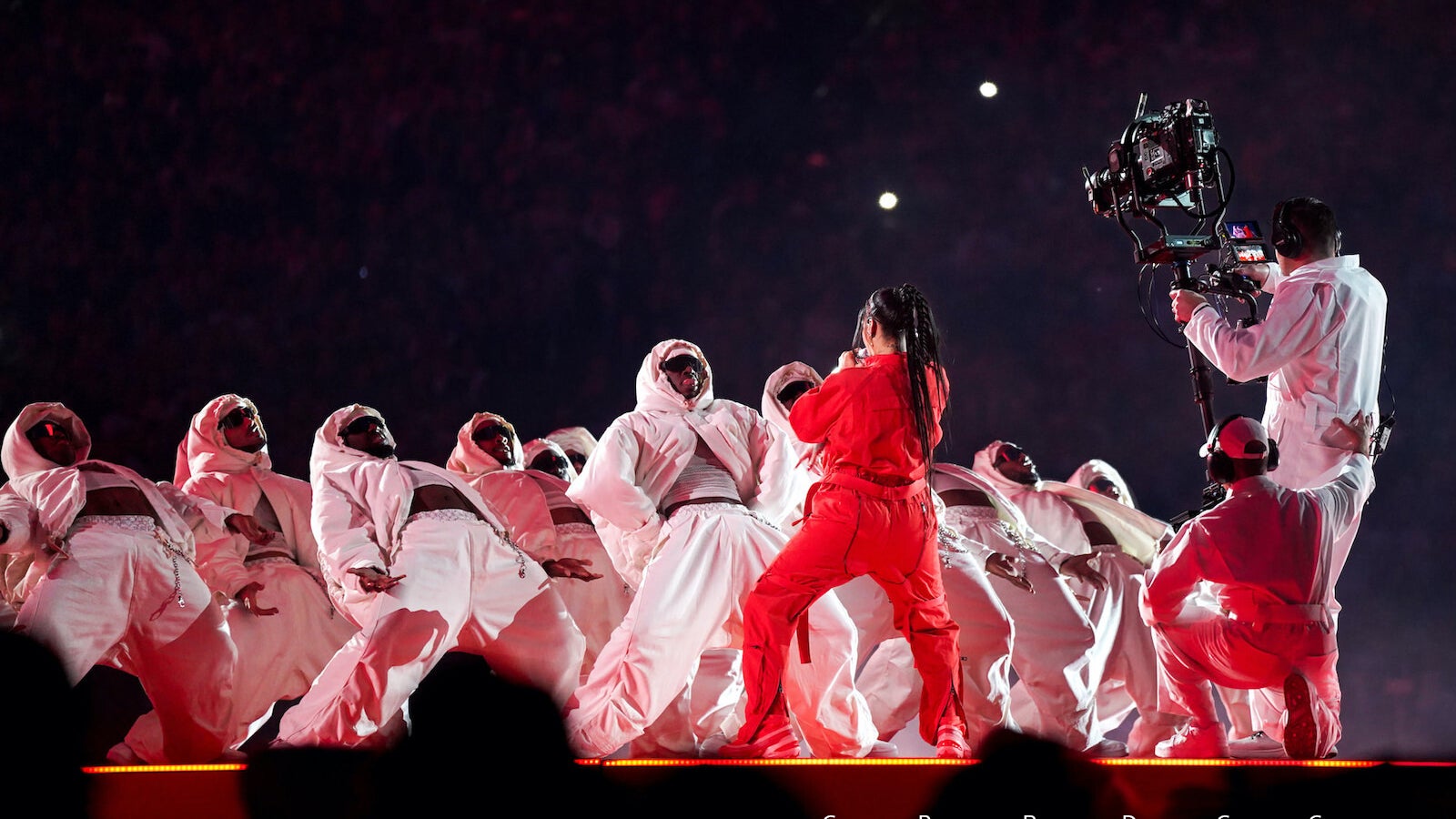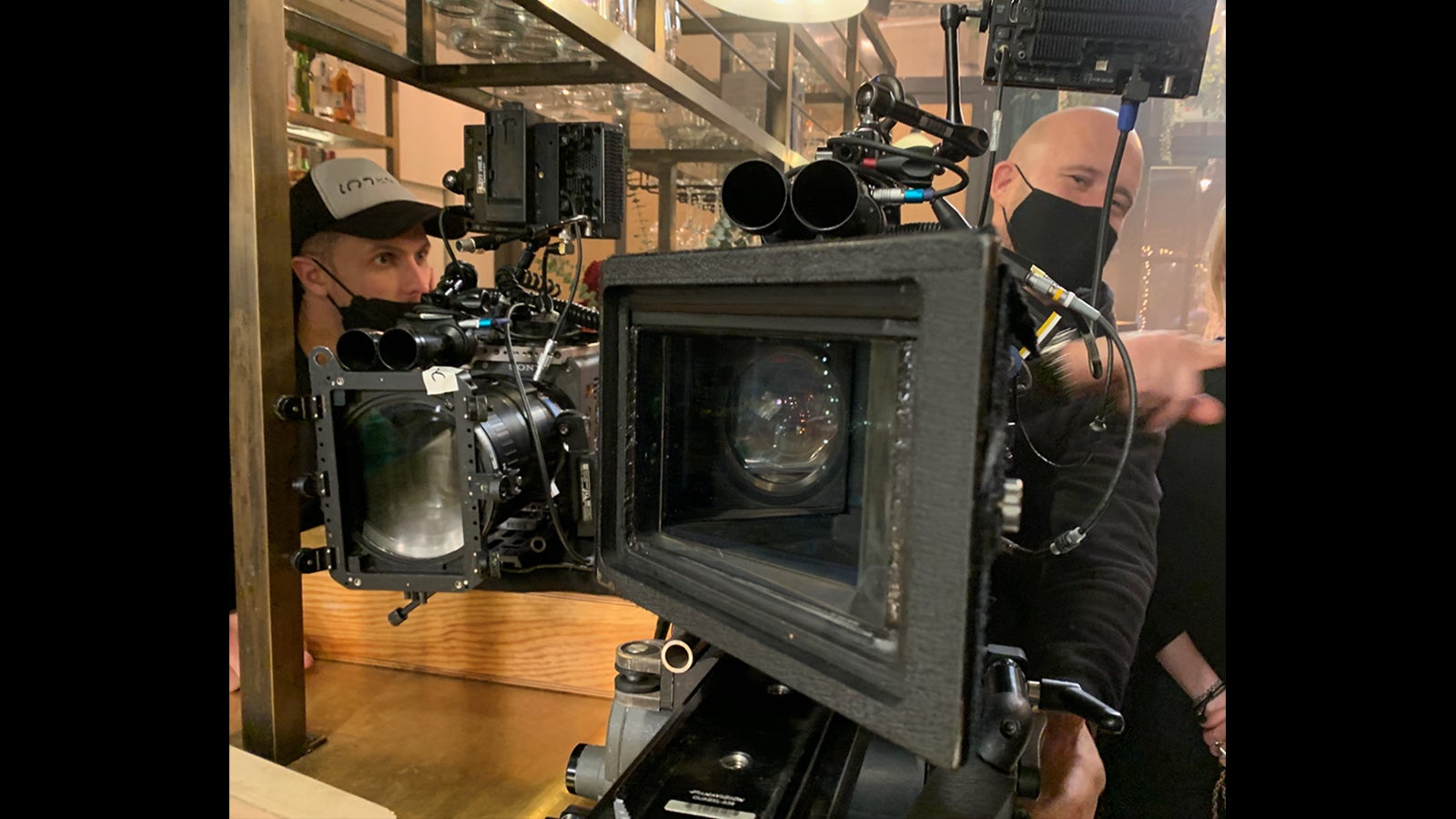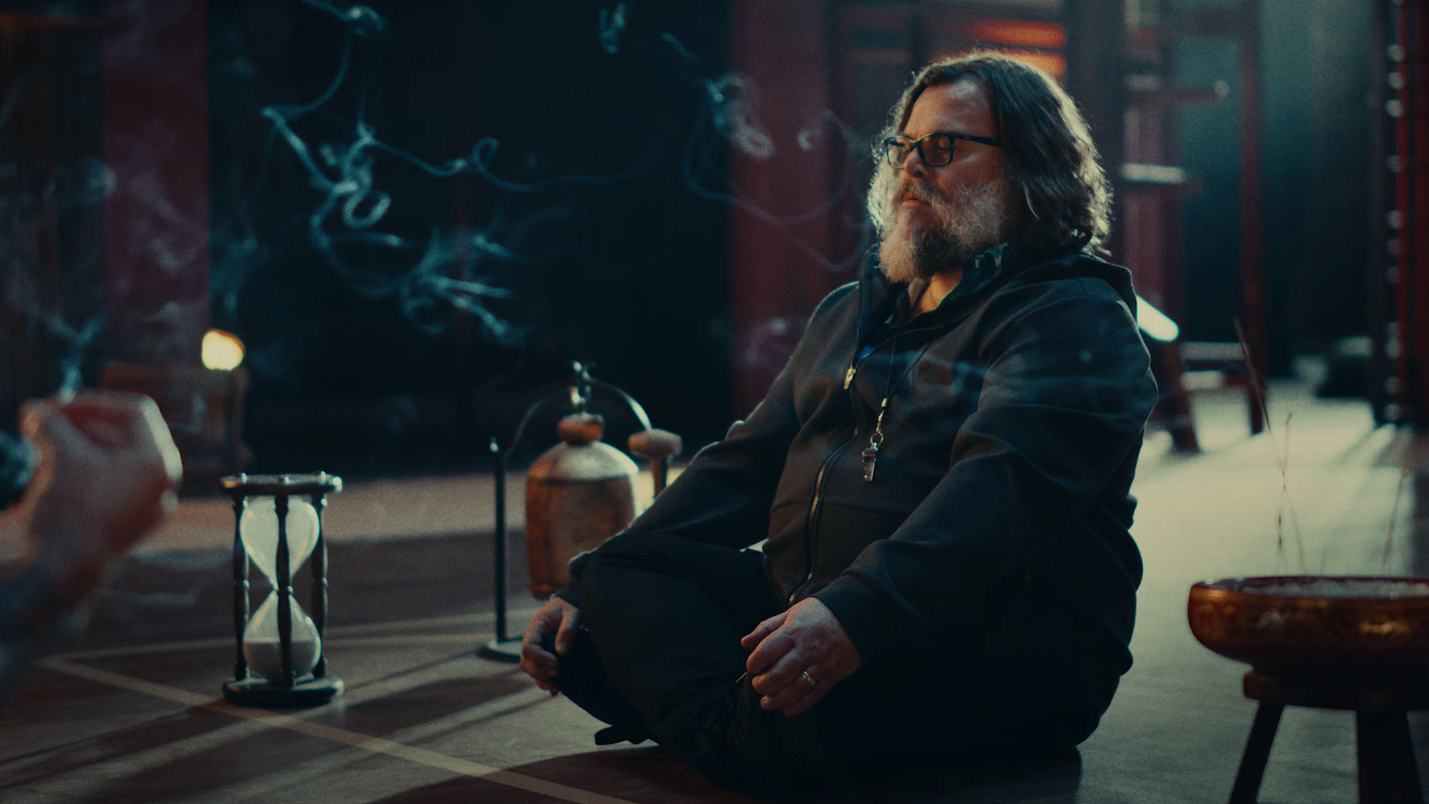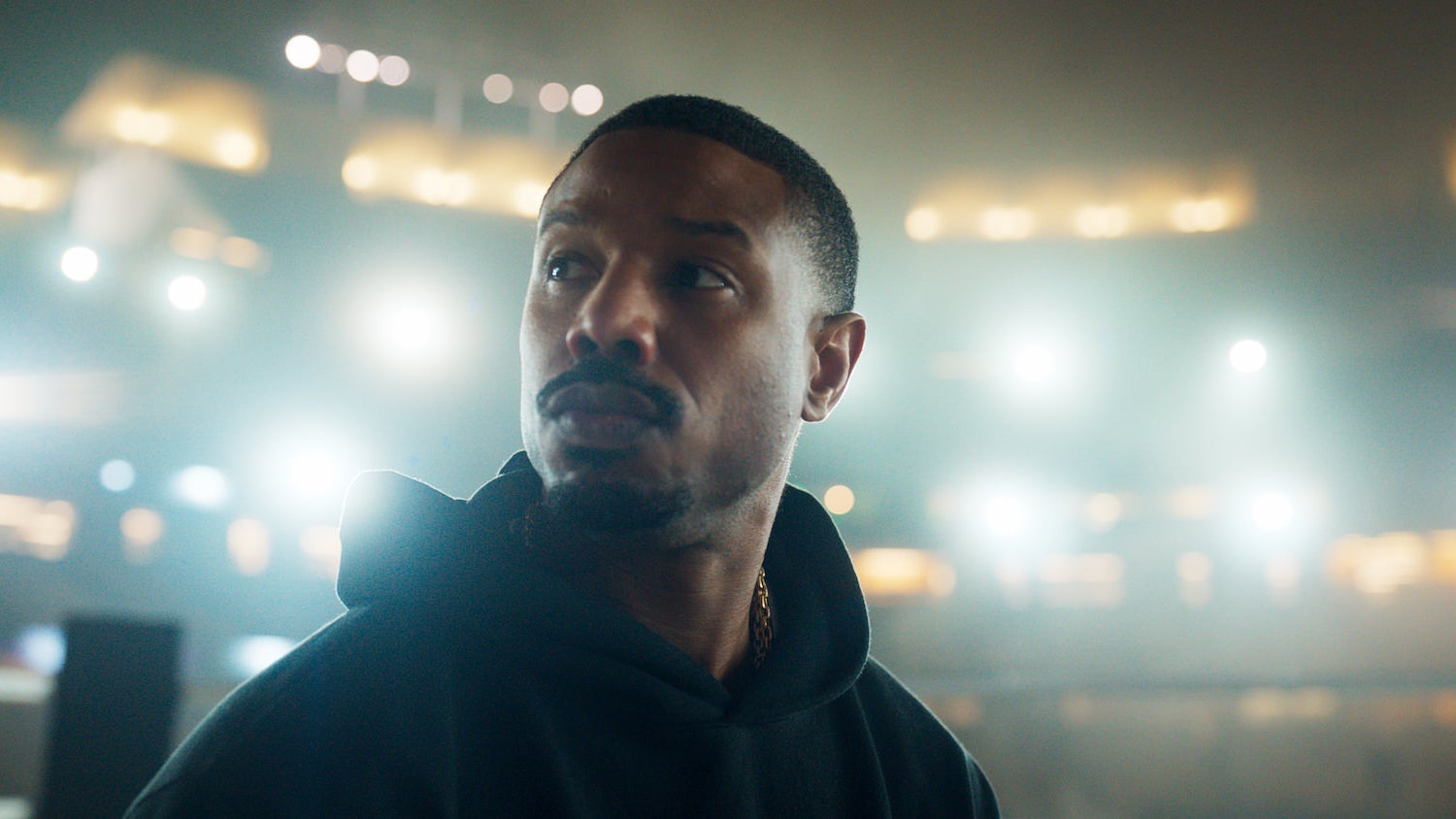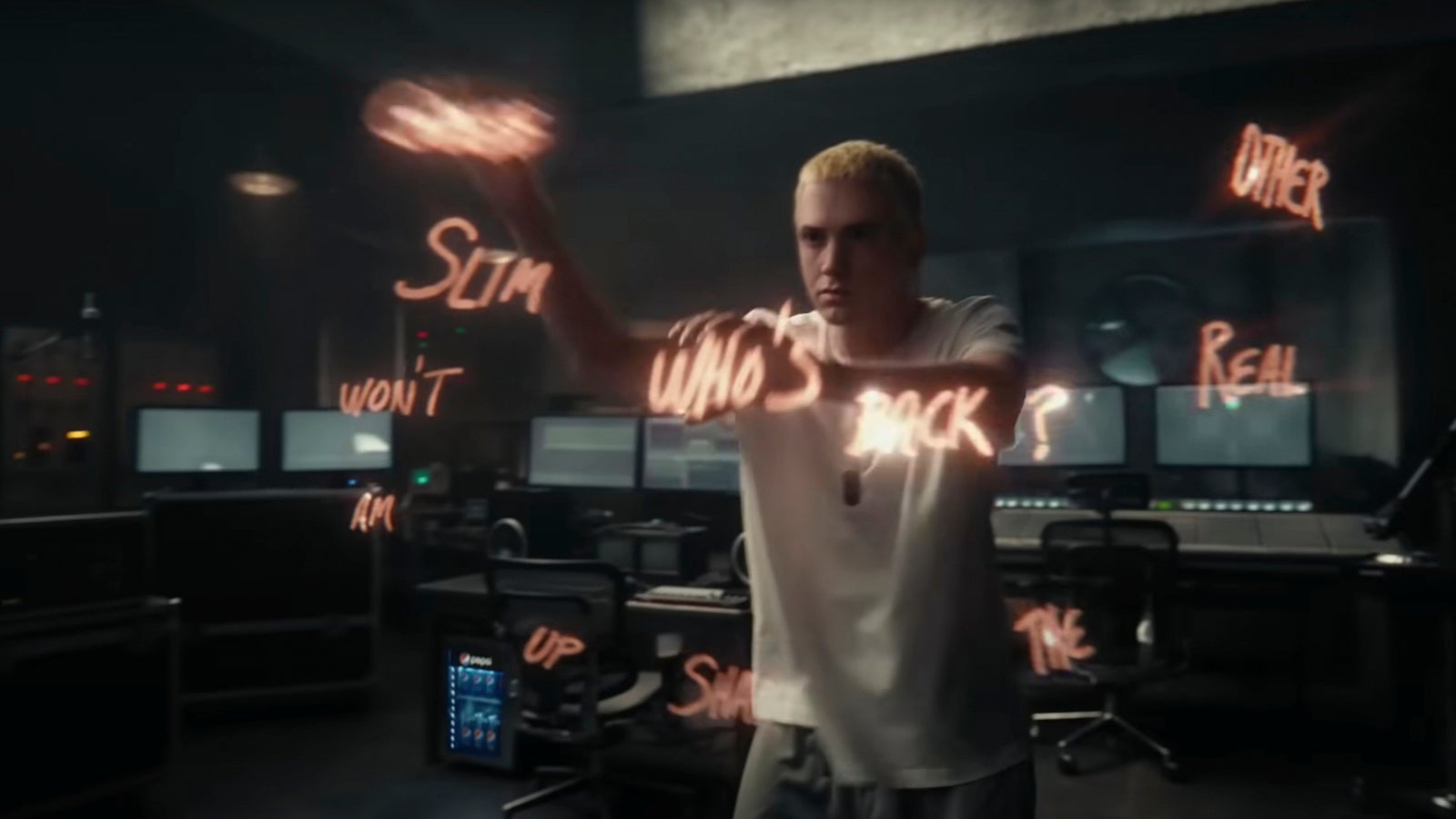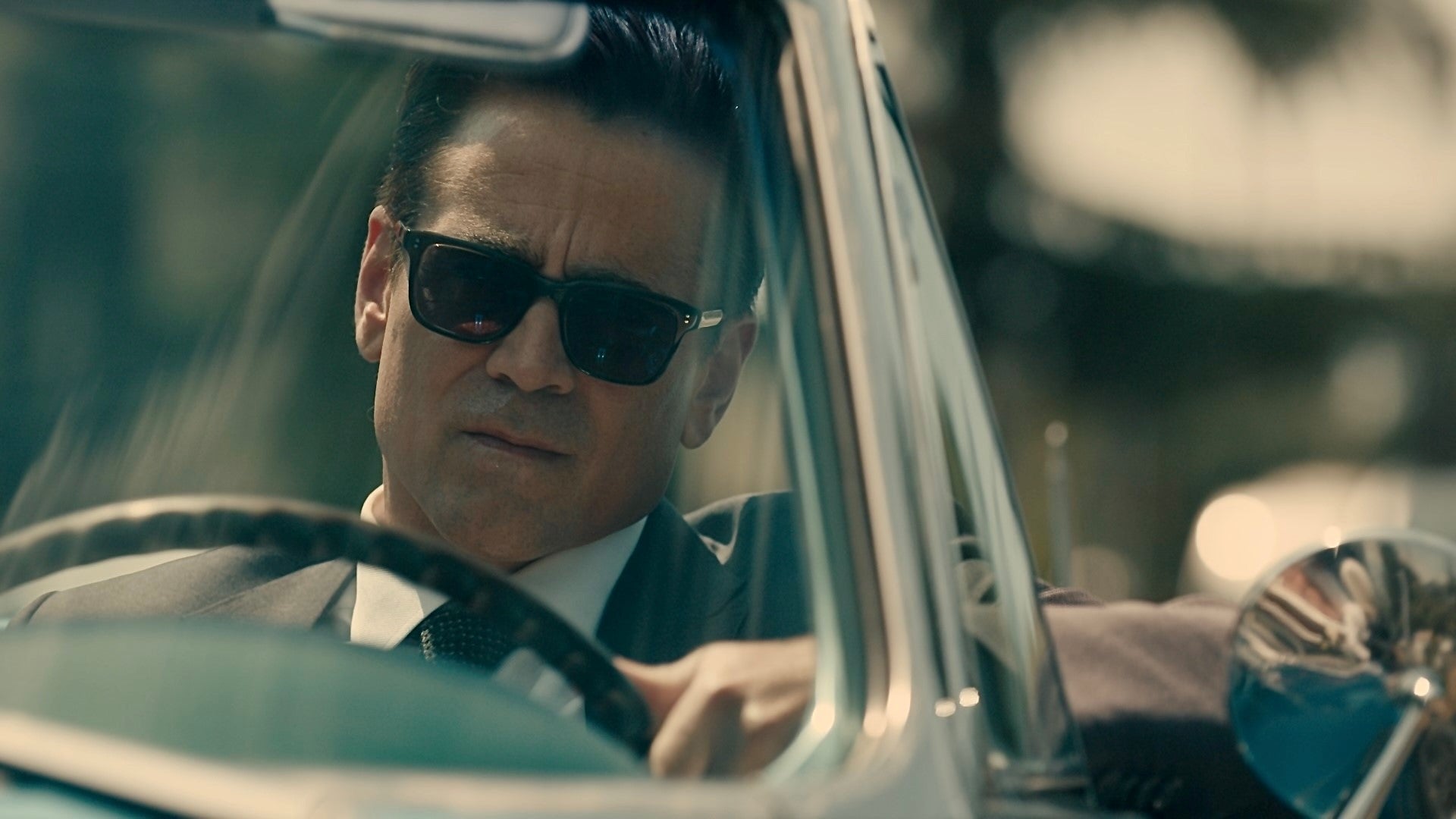
02-14-2025 - Filmmaker Interviews
Richard Rutkowski ASC, Captures Award-Winning 'Sugar' with Sony VENICE
By: Yaroslav Altunin
Cinematographers are craftsmen, capable of telling a story with visual spectacles and layers of moving images. Some shine in specific genres, while others act as chameleons, able to mold their visual style to any project.
As a cinematographer, Richard Rutkowski, ASC, is a combination of both. Able to masterfully execute genre shows like The Americans and Tom Clancy’s Jack Ryan, then shift his approach to capture shows like Manhattan, Masters of the Air for Apple TV+, and HBO's comedy-drama Divorce.
But it’s his work on Sugar, the neo-noir mystery drama for Apple TV+, that showcases his refined technical approach. The episode "Starry Eyed" garnered Rutkowski nominations at the Emmys and the ASC Awards.
Working in parallel with Academy Award-nominated DP César Charlone, Rutkowski utilized a combination of the Sony VENICE and VENICE 2, alongside footage shot on iPhones, to craft a beautiful love letter to Los Angeles and the dark and cynical film noir genre.
Sony Cine sat down with Rutkowski to discover more about his creative approach and how the Sony VENICE and Sony VENICE 2 brought color to a genre that was born in black and white.
"We were using both VENICE (and VENICE 2)," Rutkowski said. "We did not want to just mimic noir lighting. We wanted it to be very much intrinsic to the storytelling and…in a way that maybe doesn't even go very noticed."
Rutkowski on How Partnership Forged the Look of Sugar
"I'm very happy with how the show wound up looking," Rutkowski shared. "The integrity of the vision was maintained between two very different directing and filming teams."
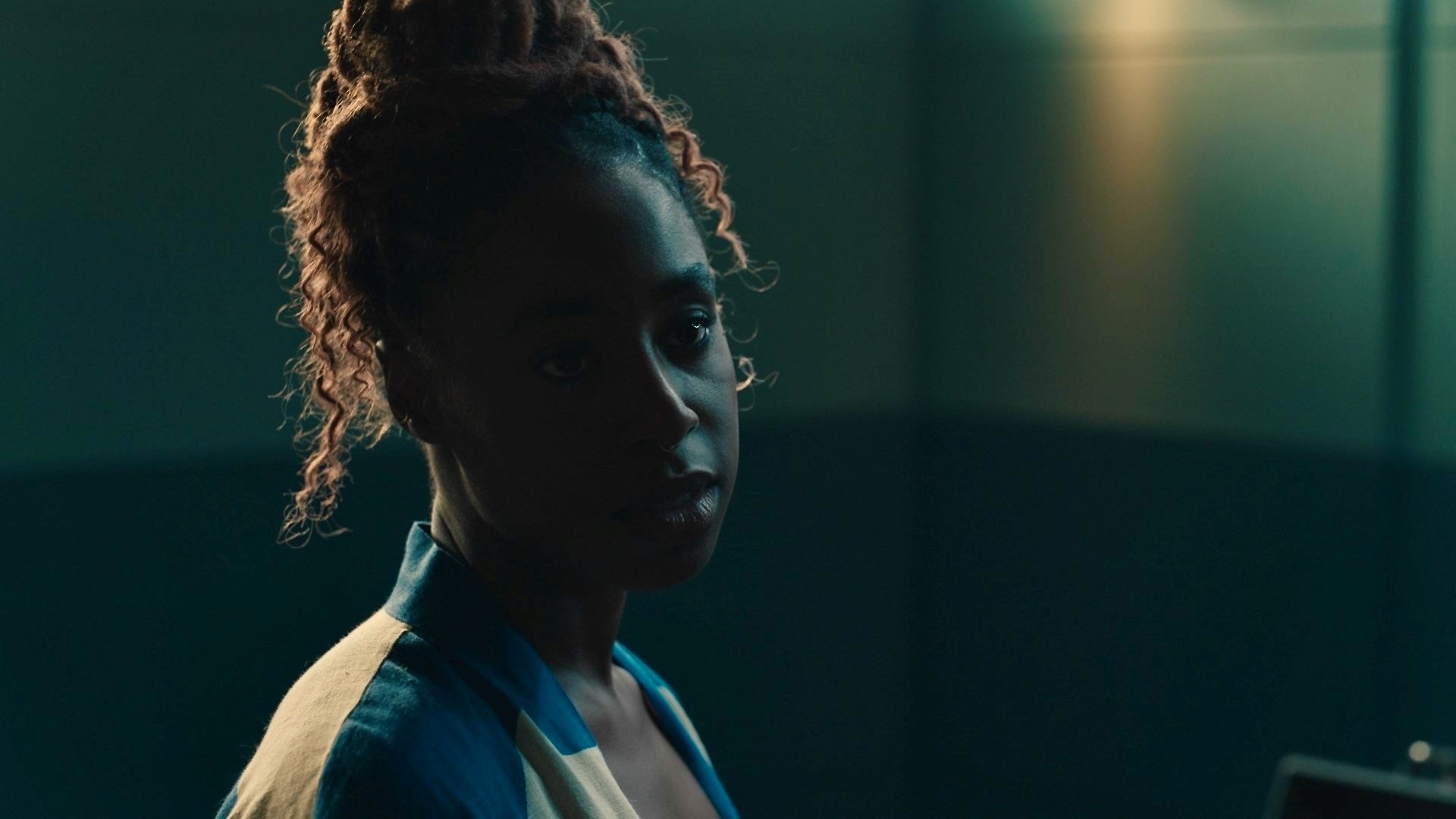
This new bond allowed each creative team to ferry the show into a contemporary landscape that focused on melding the past and the present via the noir genre.
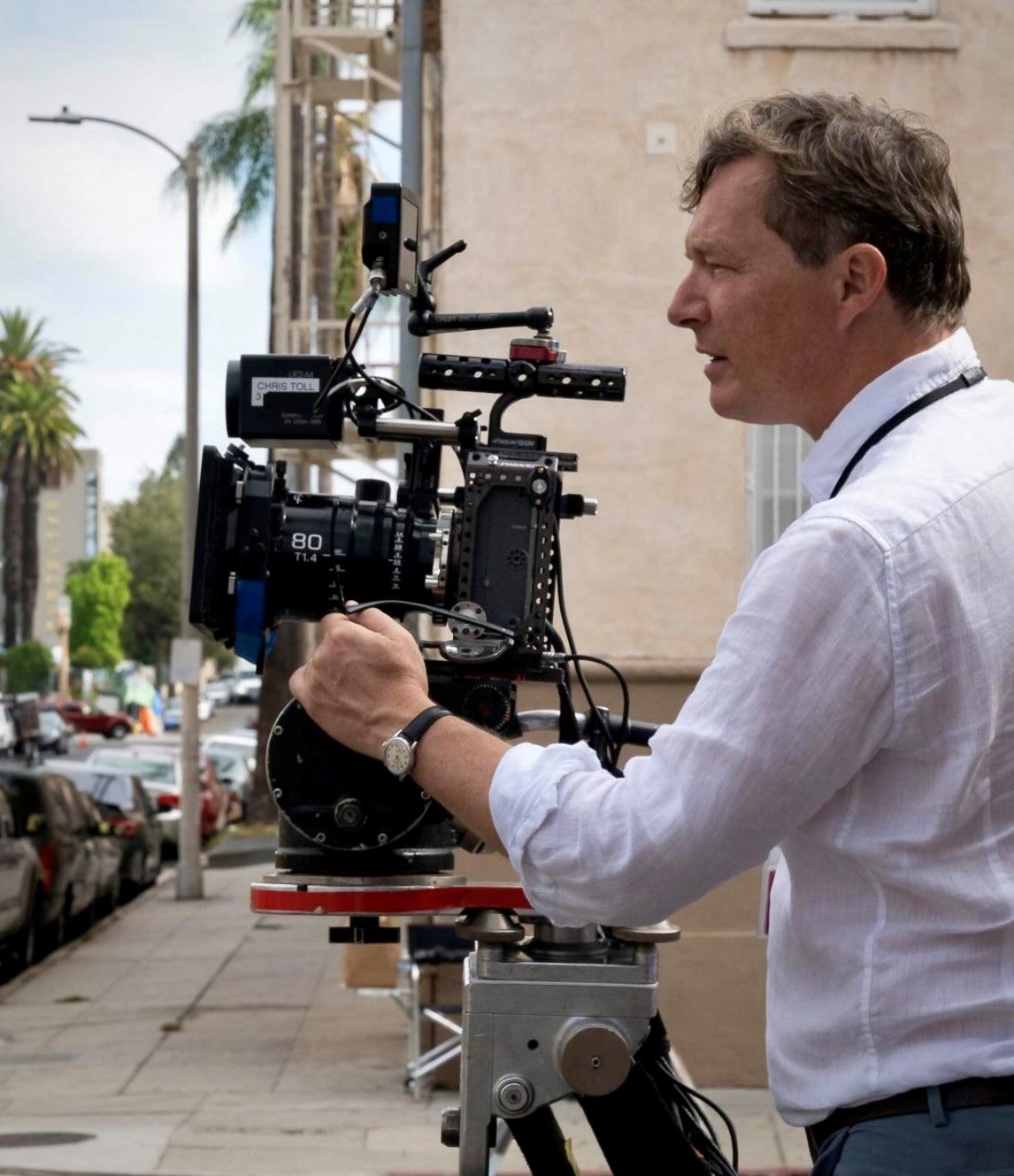
Capturing Sugar with the Sony VENICE and VENICE 2
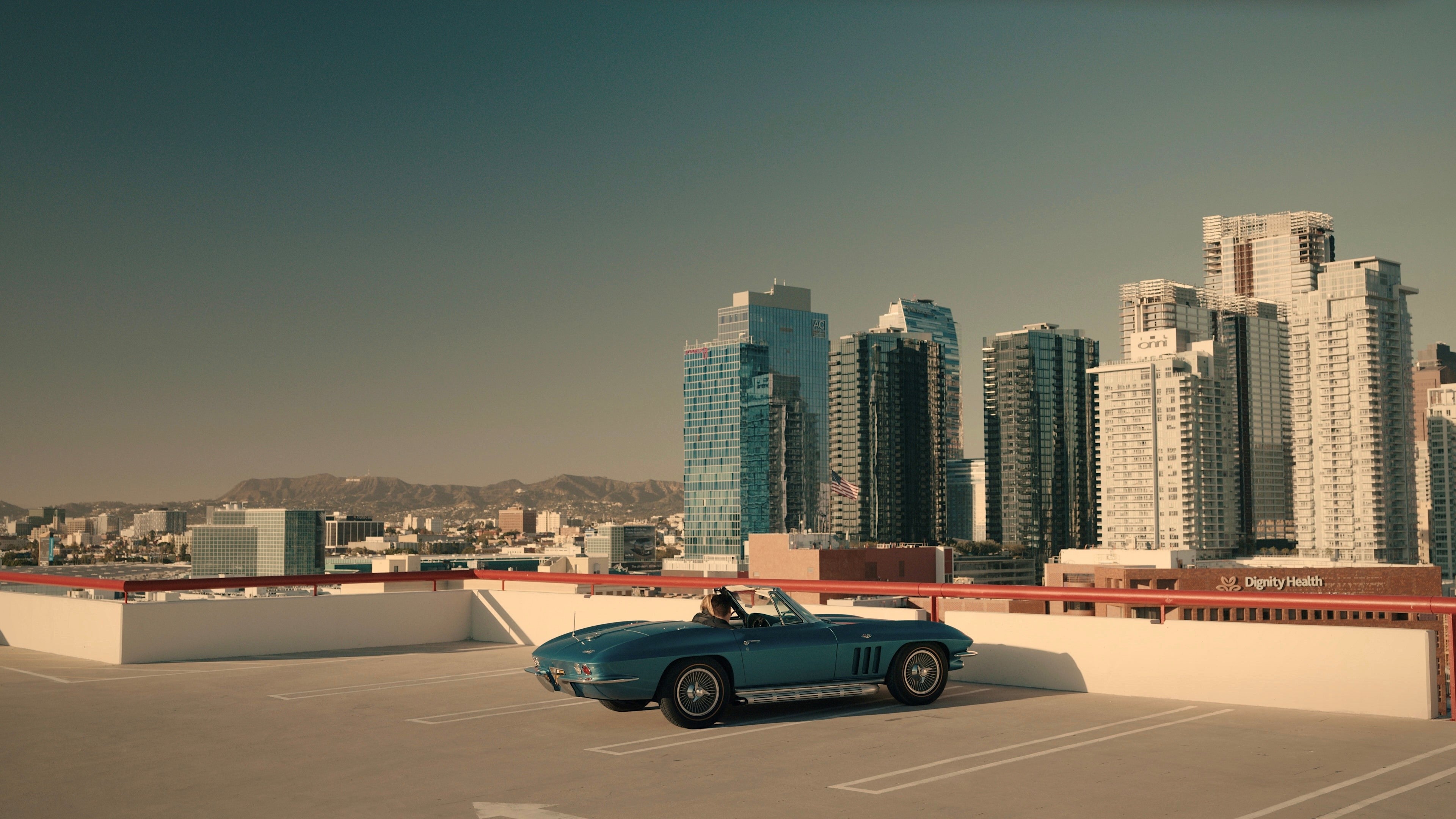
Rutkowski on How Sugar Embraces Southern California
While Rutkowski and the creative team embraced the cinematic tools at their disposal, it was the focus on storytelling and making Southern California a part of the visual fabric of Sugar that drove the visual language of the show.
"It comes down to a point of view on the storytelling and the embrace of making Southern California a part of the visual fabric of the show," Rutkowski shared. "Embracing that, all of Los Angeles has part of this story to tell."
"Even if you go back to reading The Big Sleep, Philip Marlowe travels a lot around different parts of Los Angeles in the storytelling, and it very much mirrors the way the scripts were written for Sugar."
